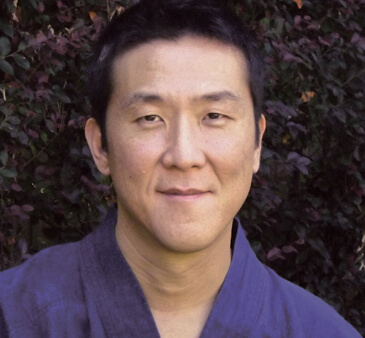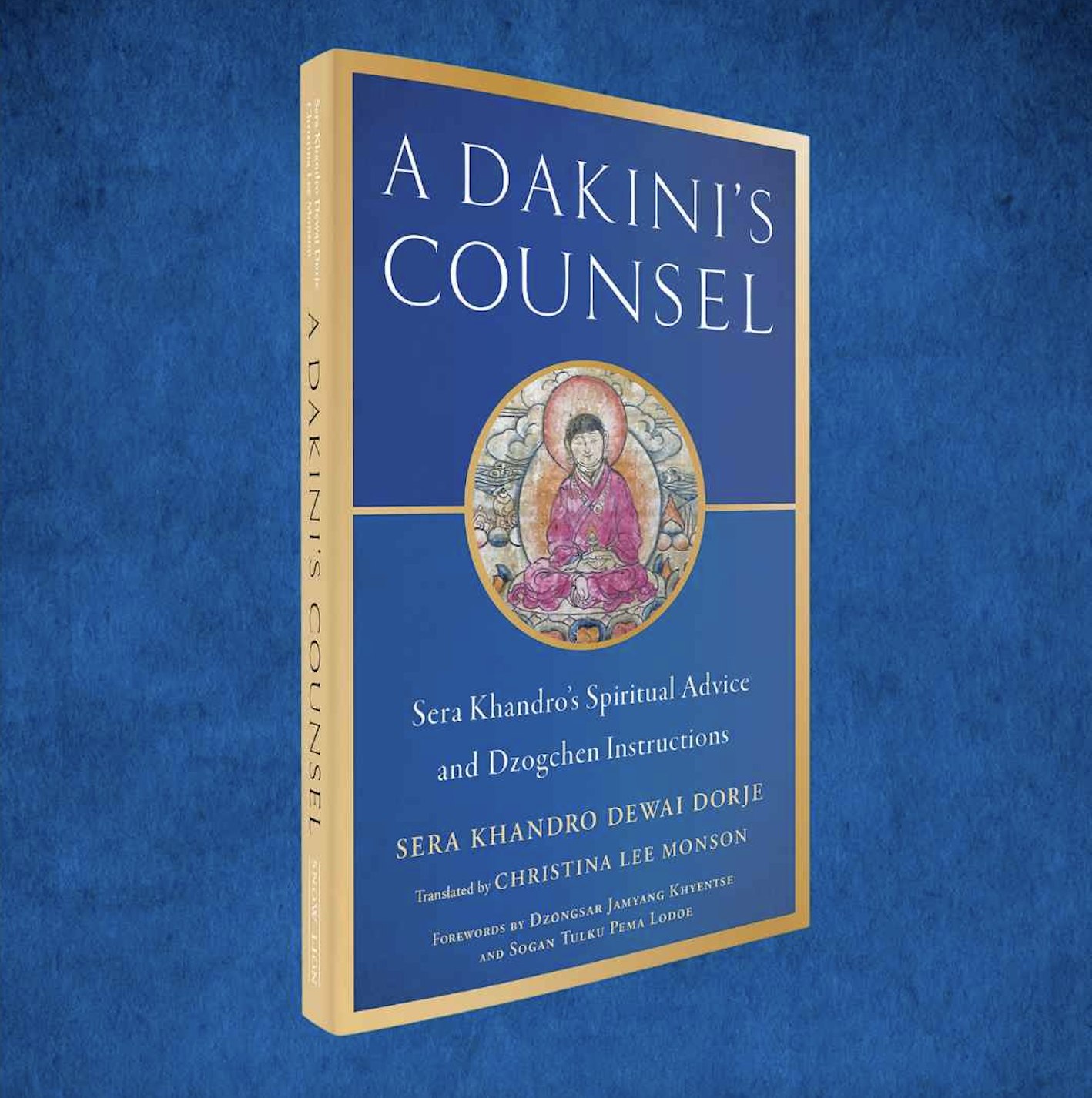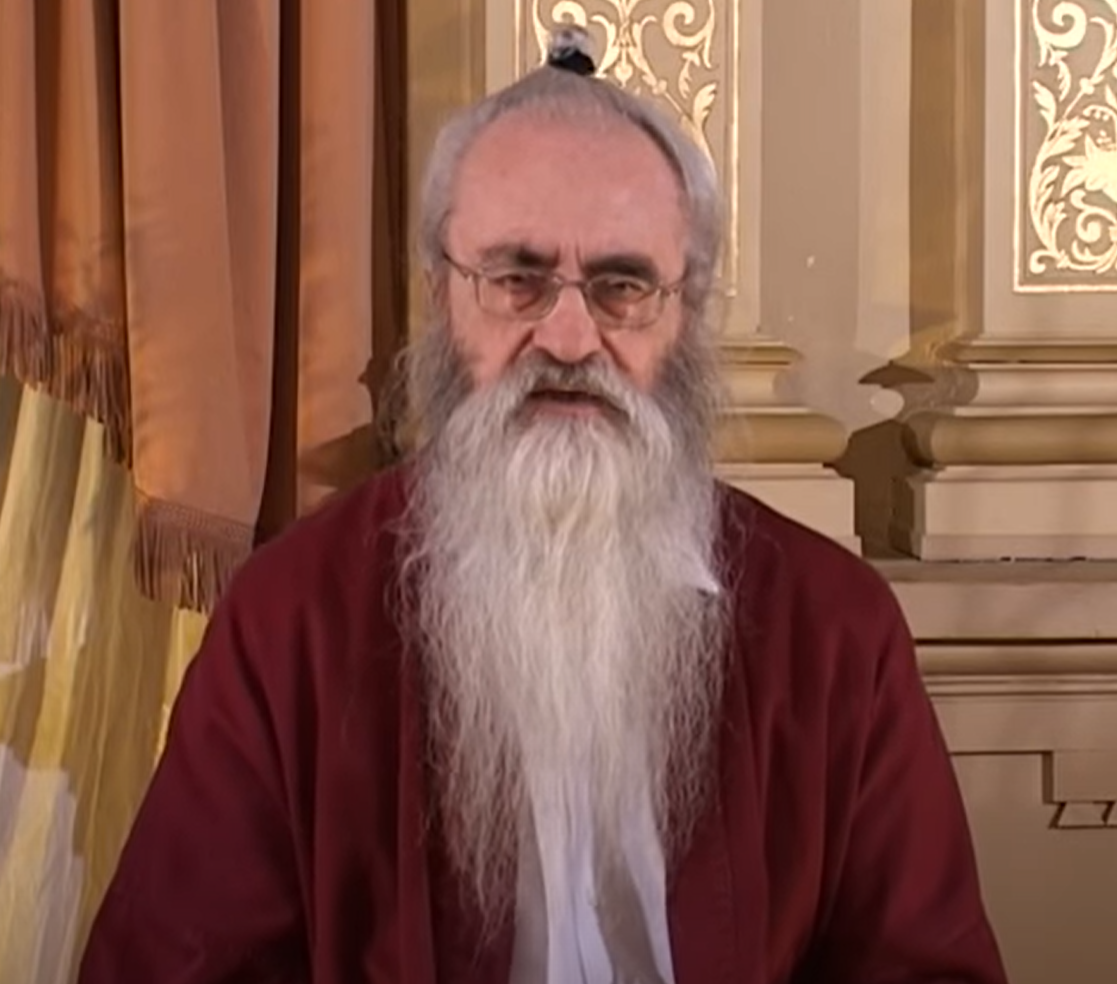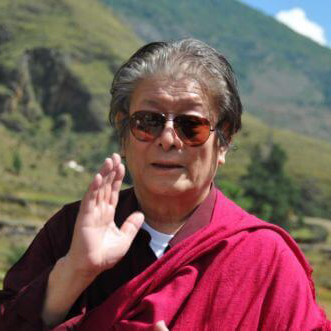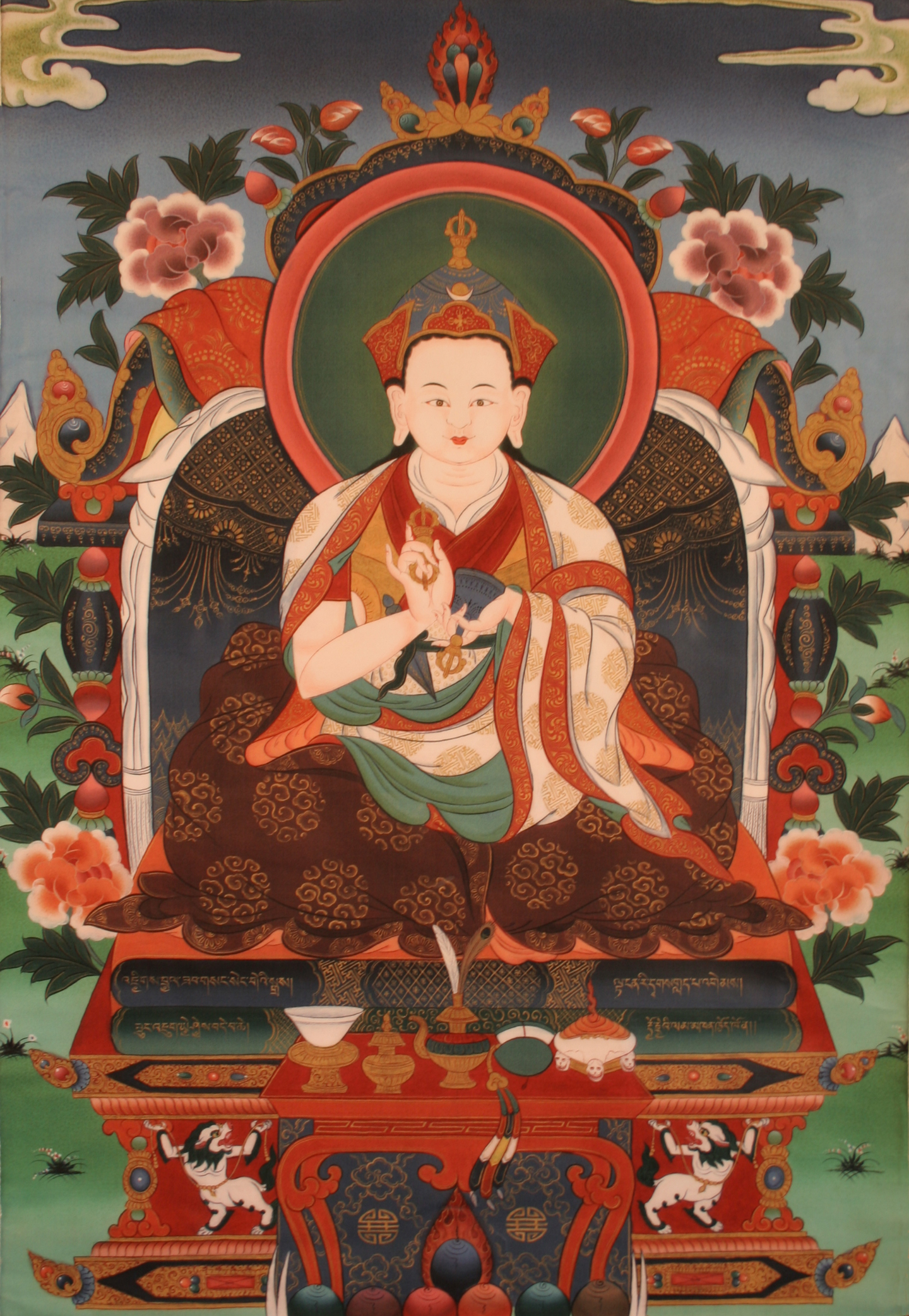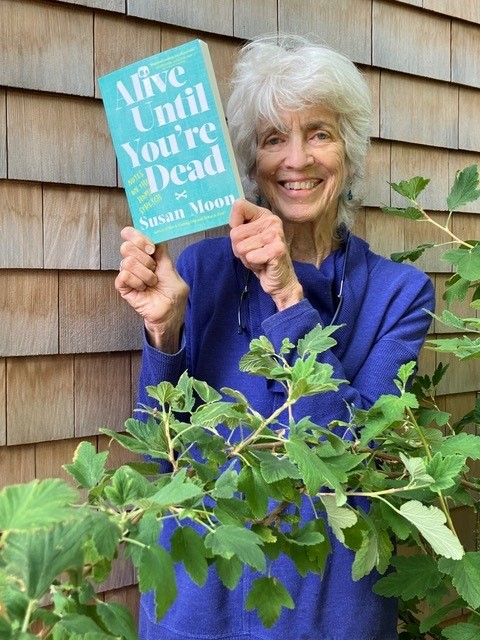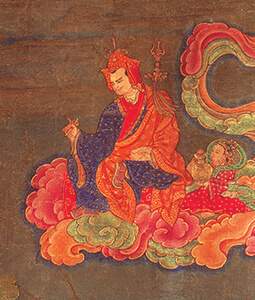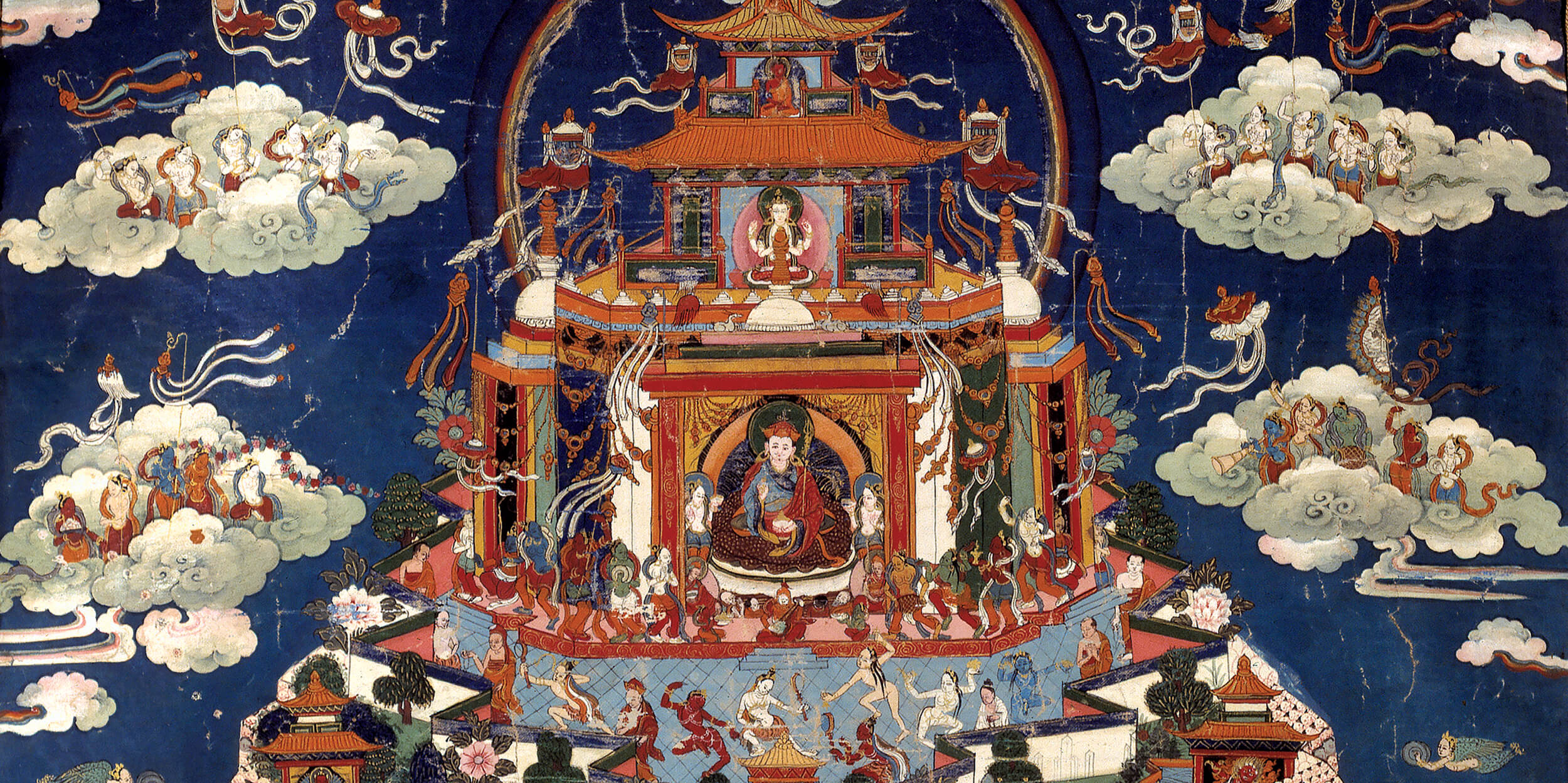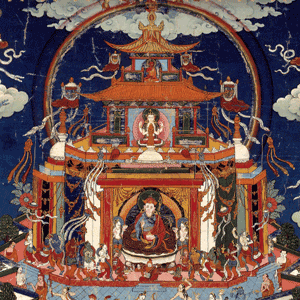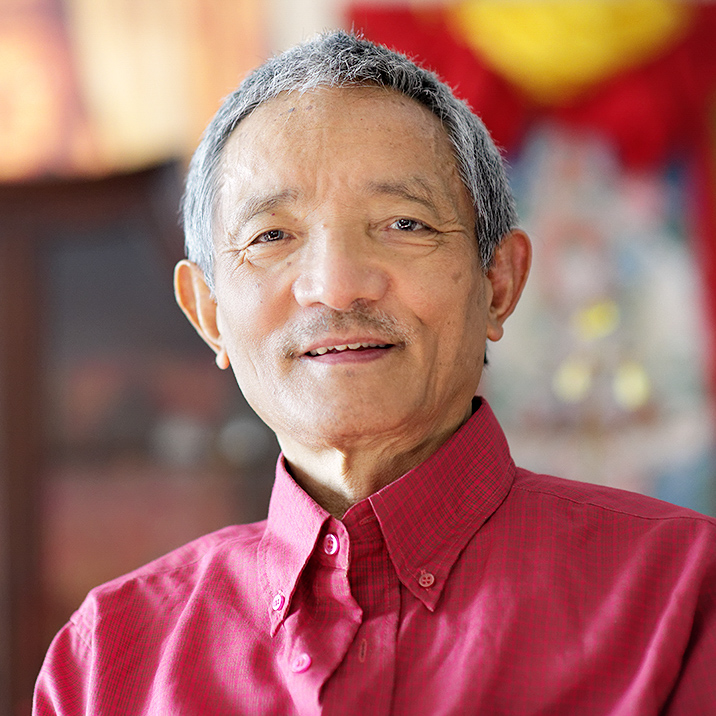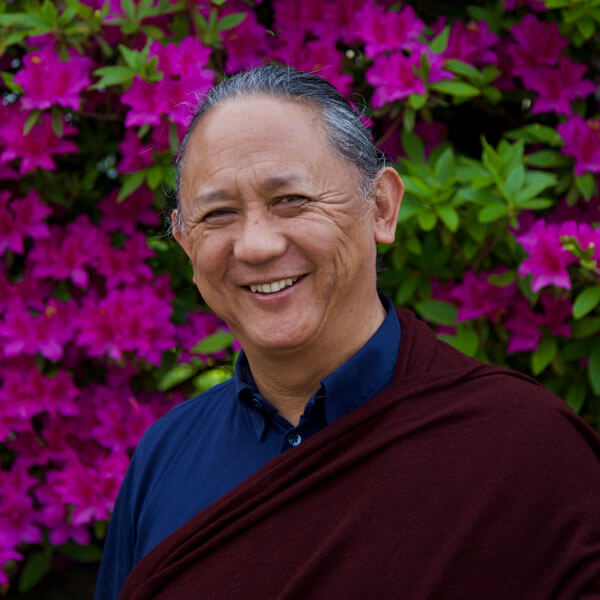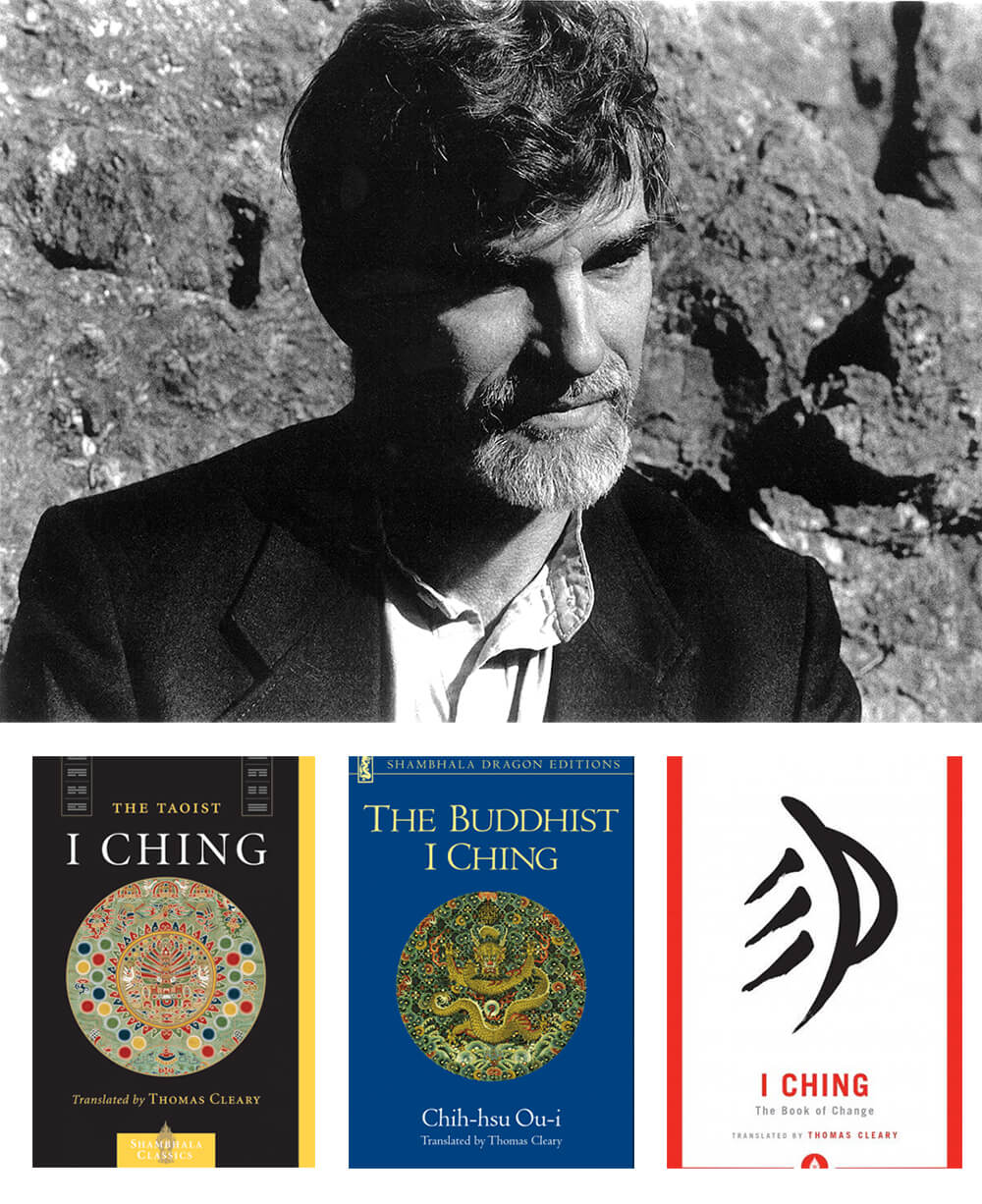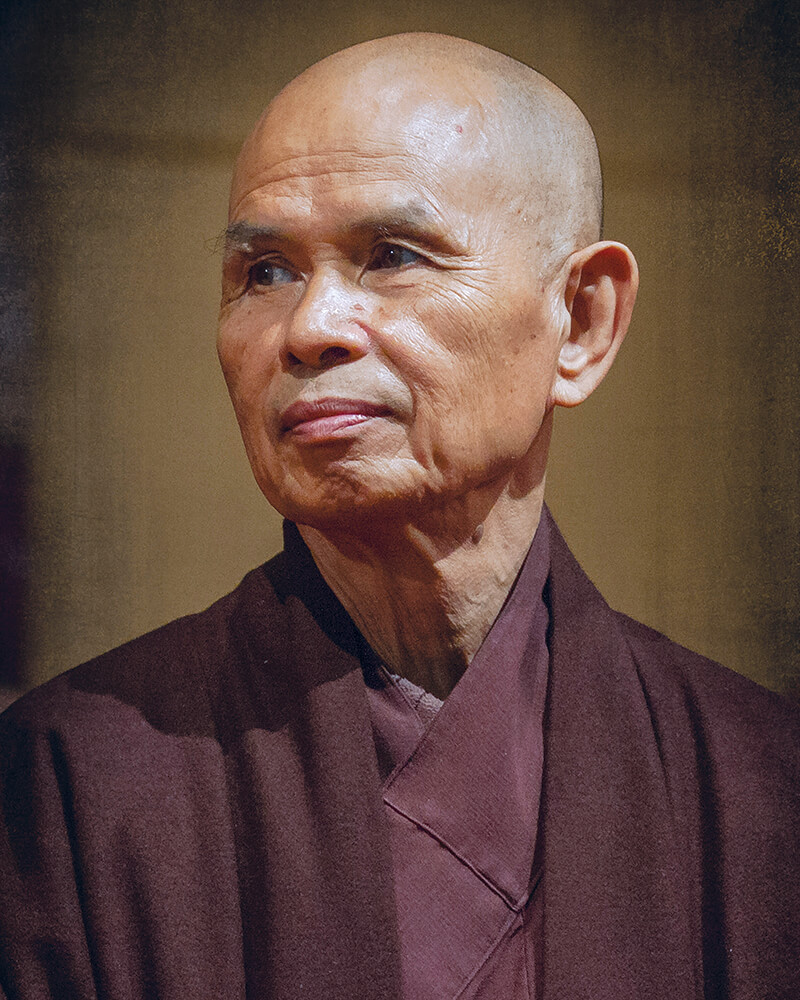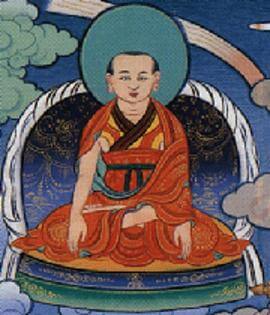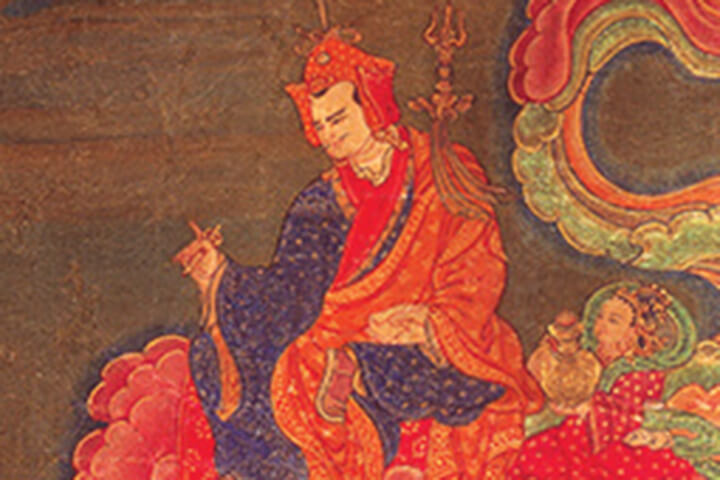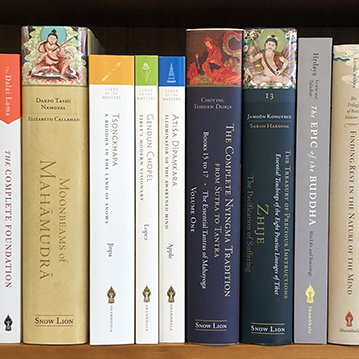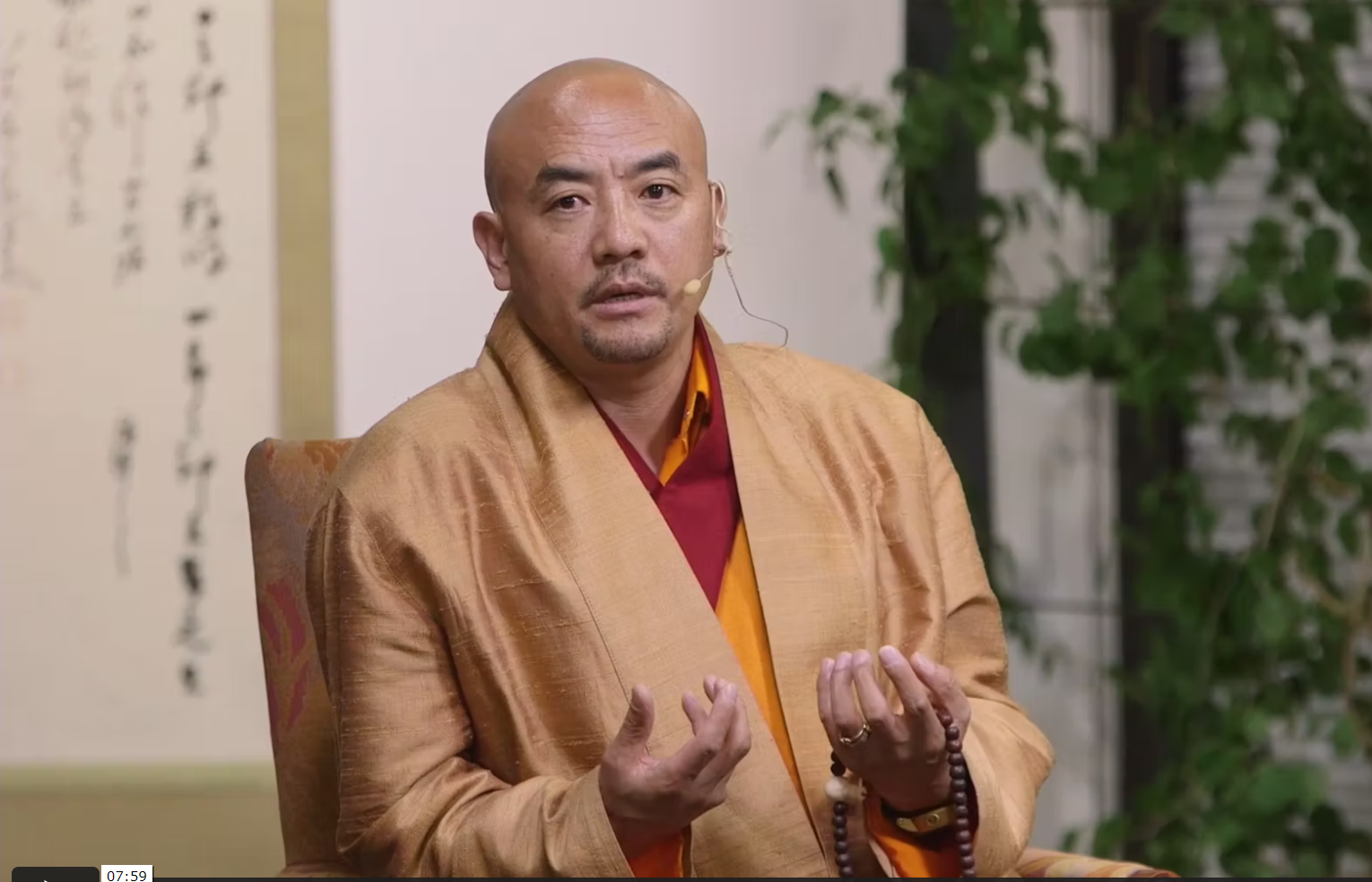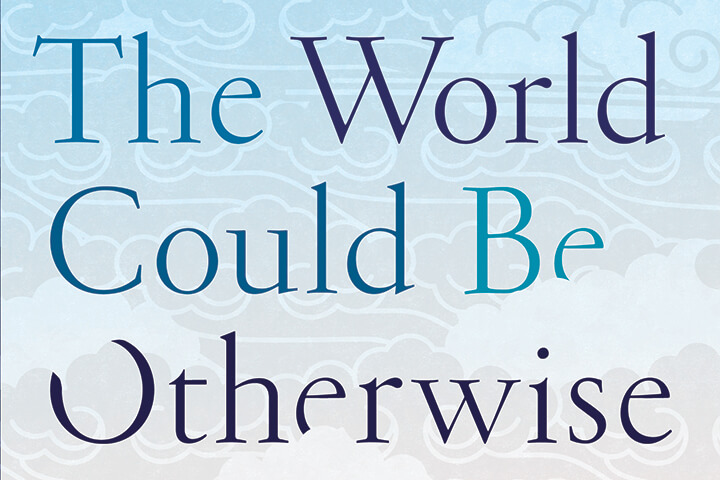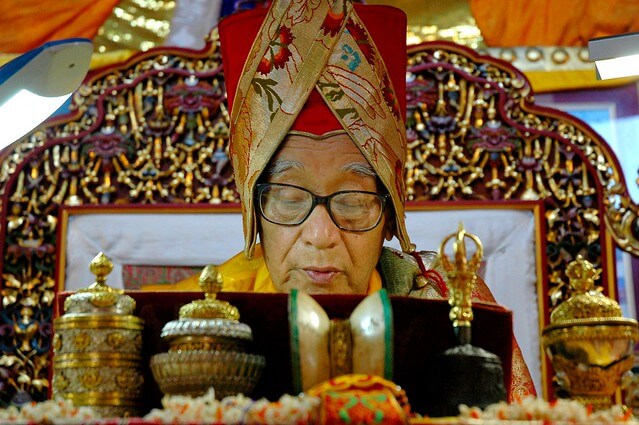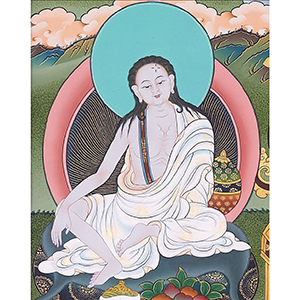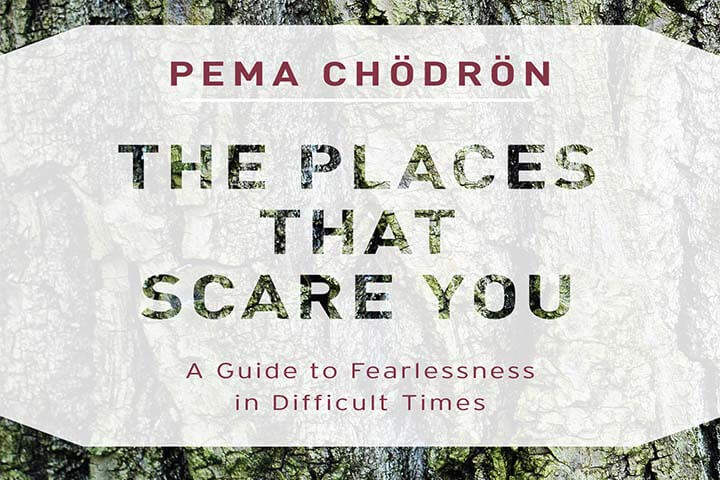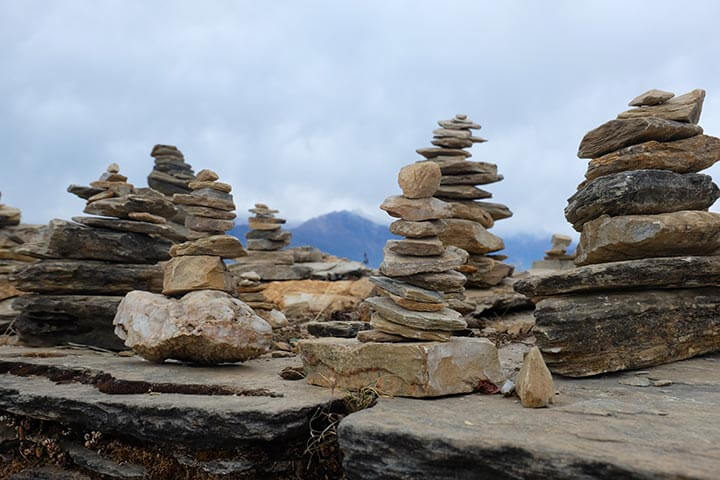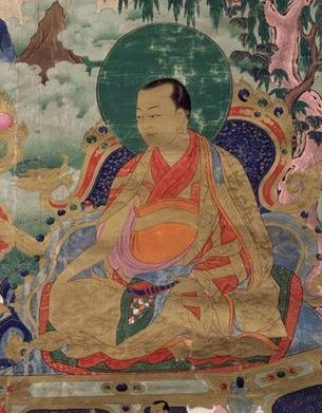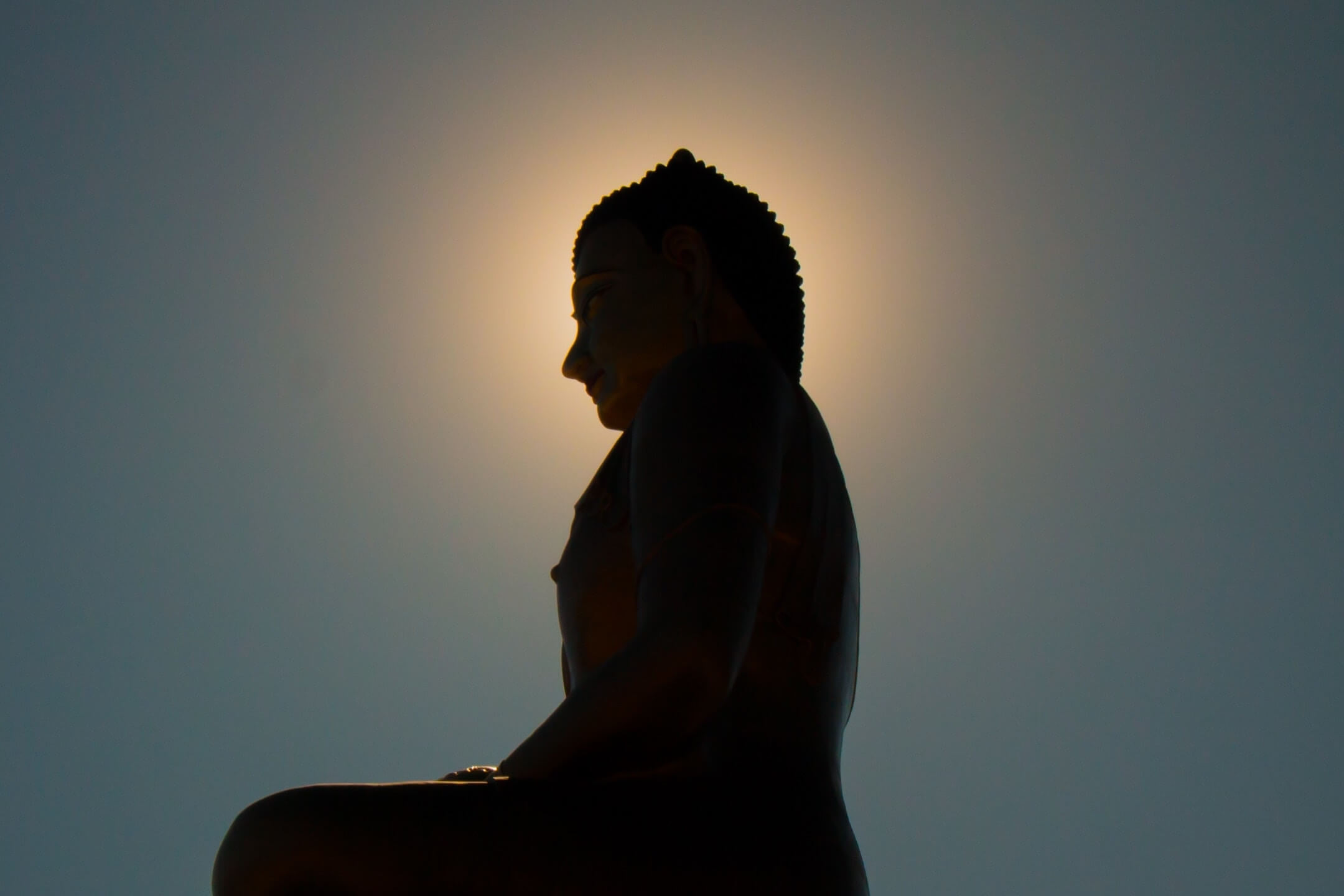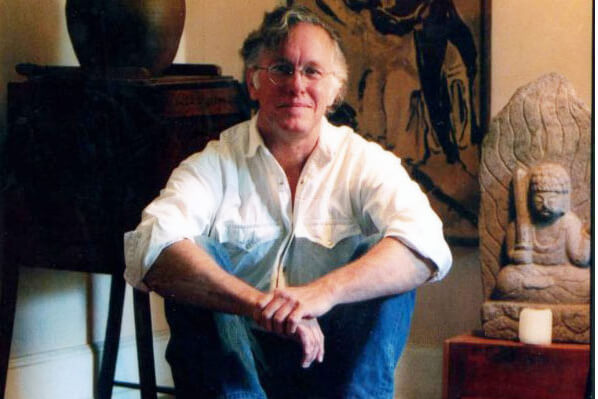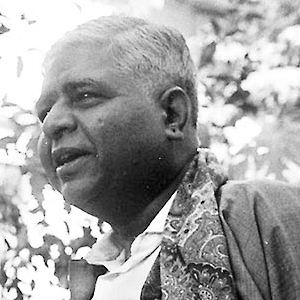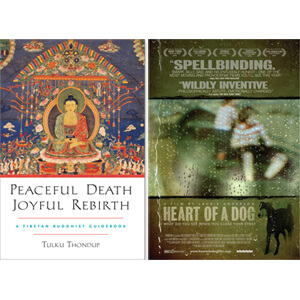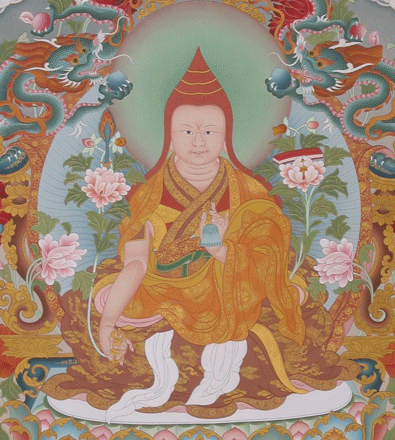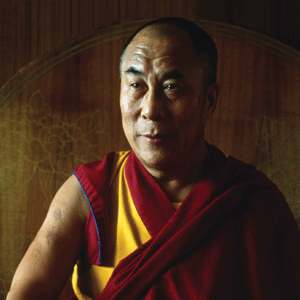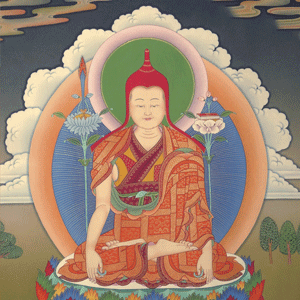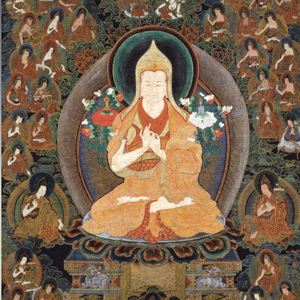Buddhism Guides
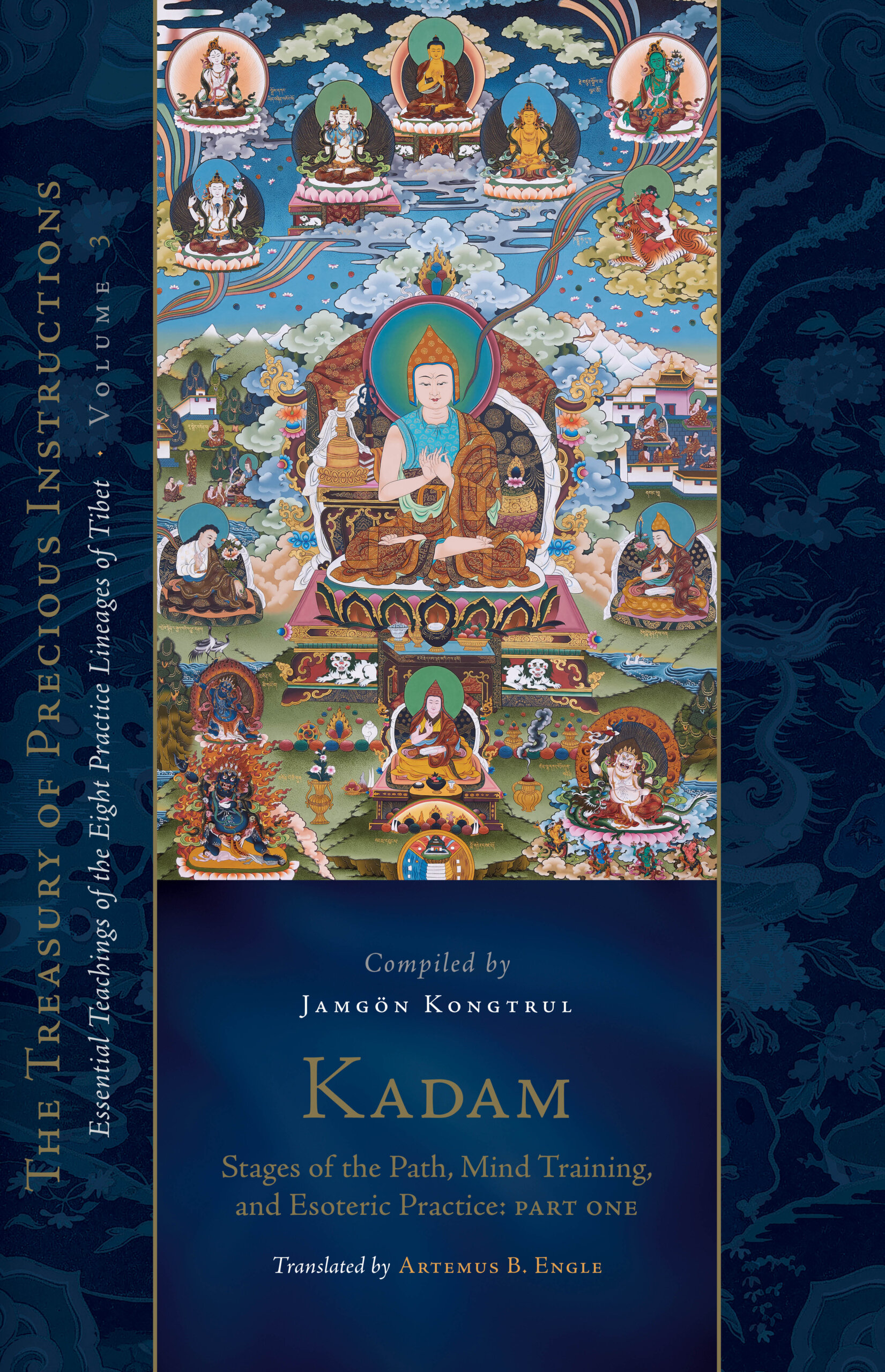
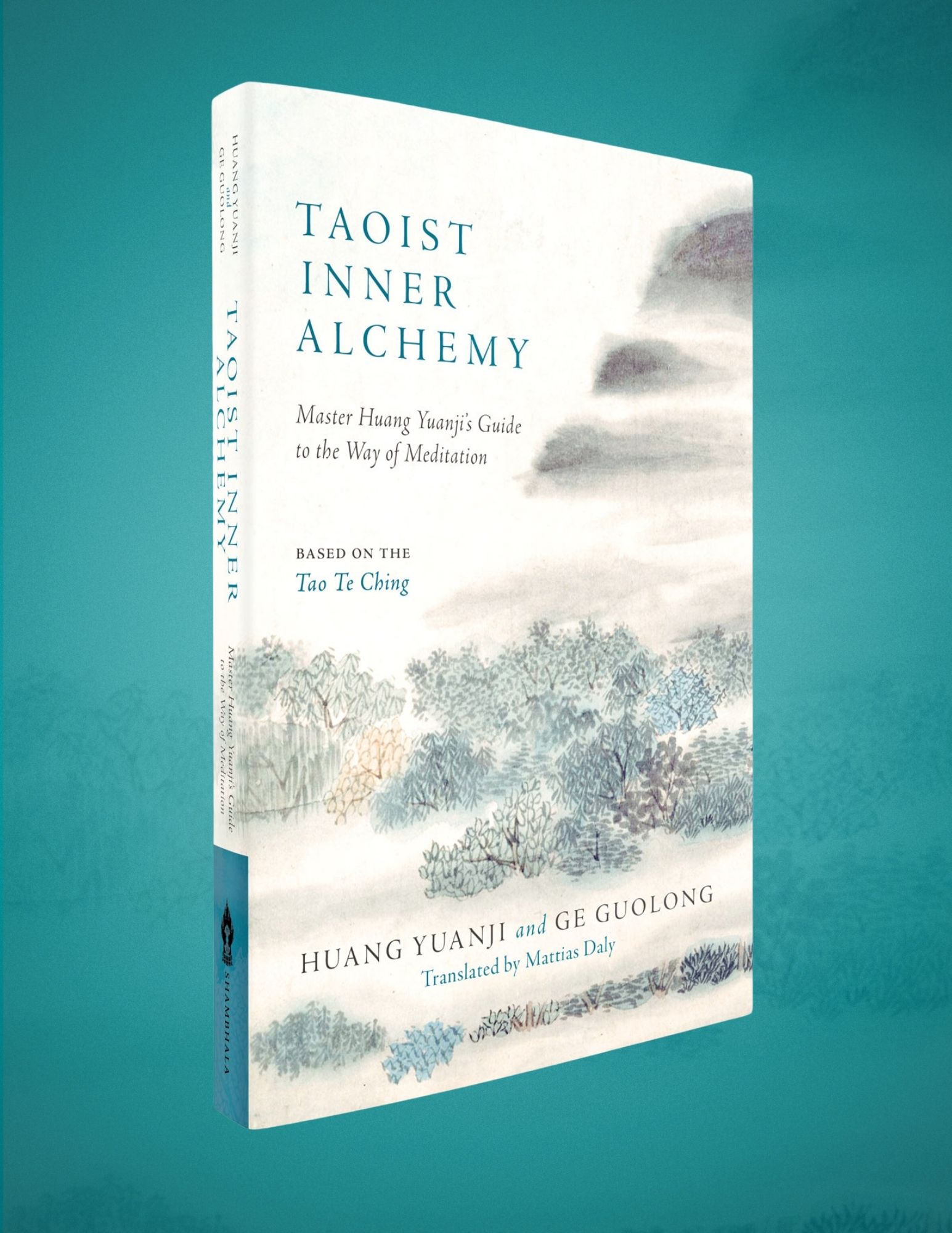
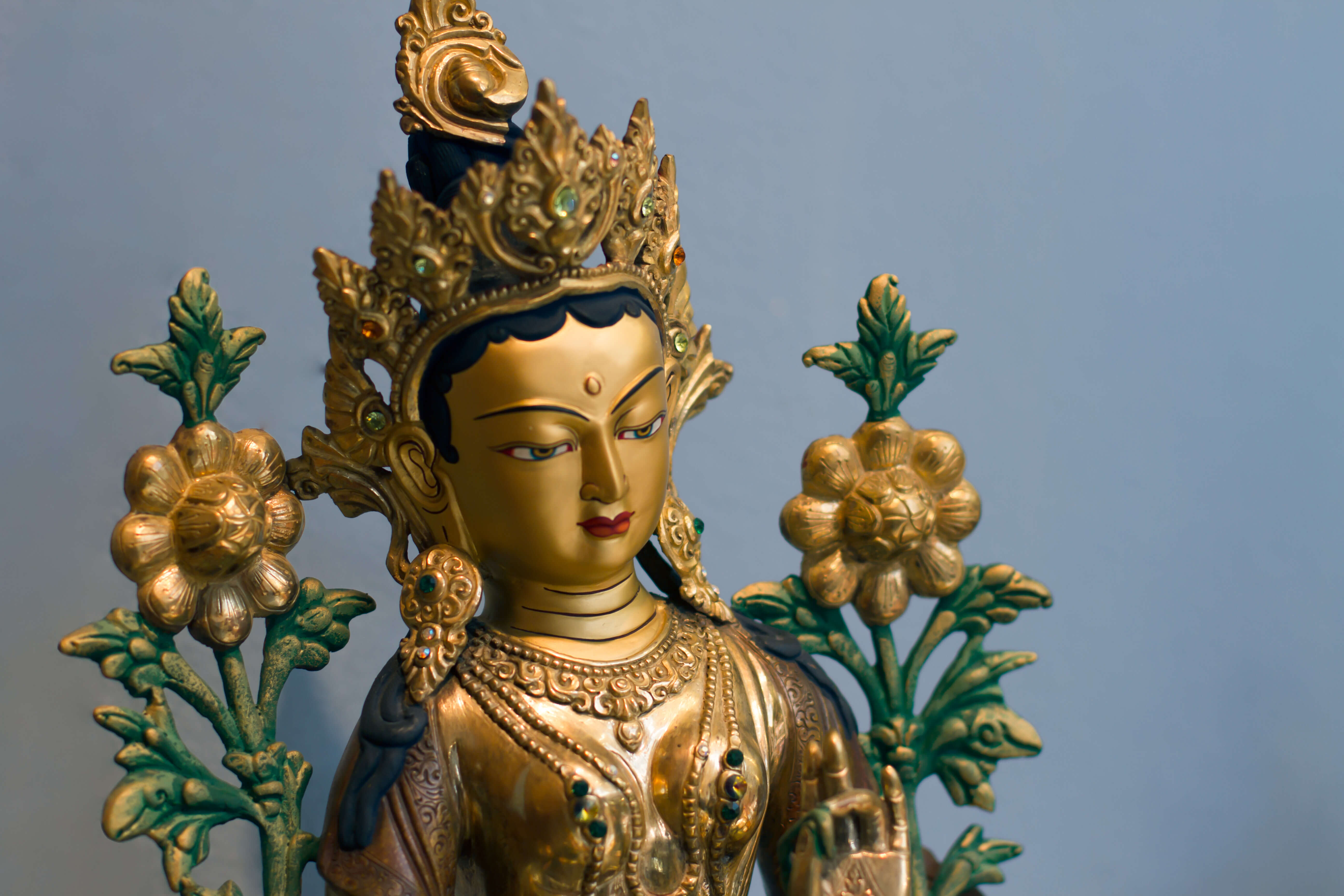

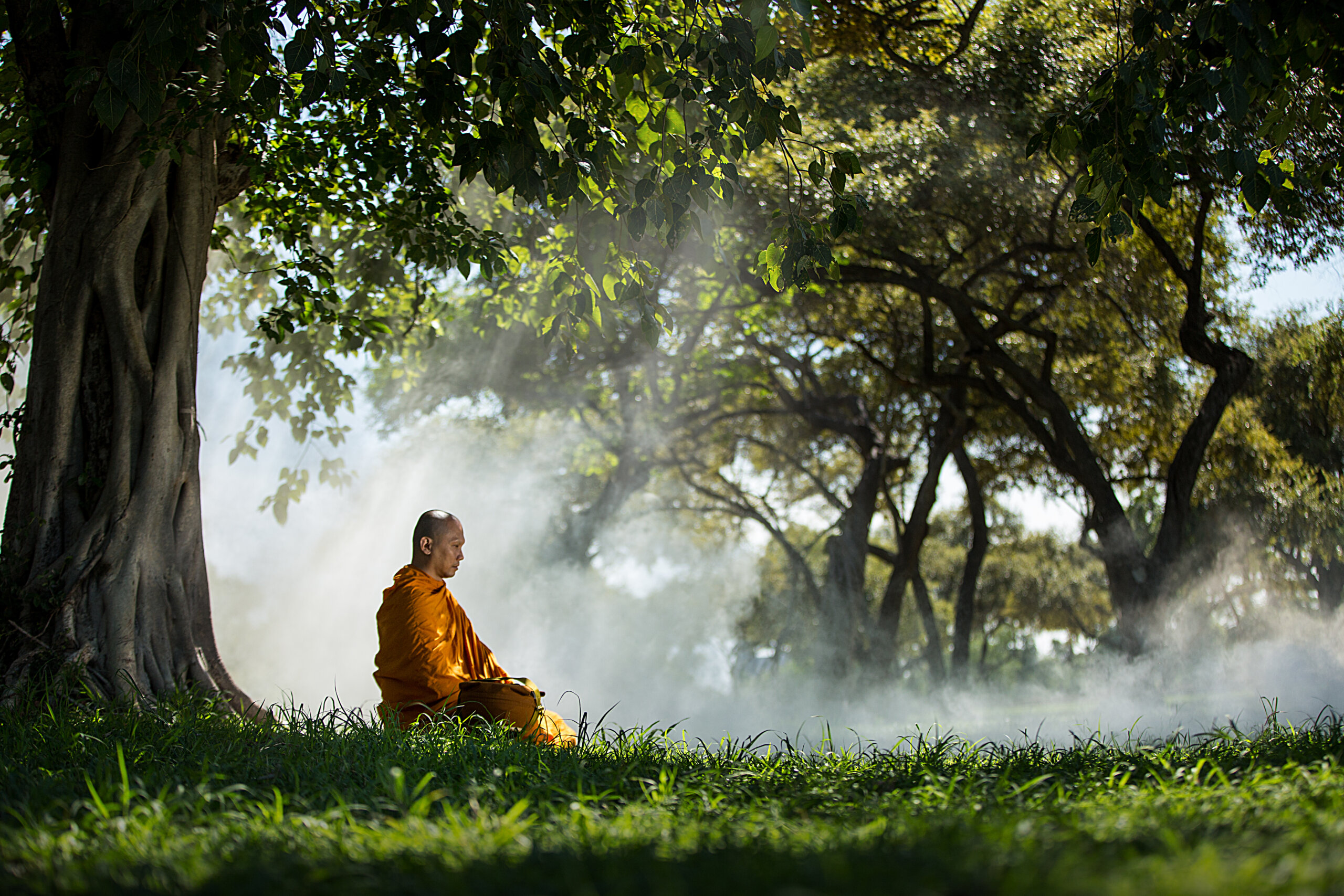

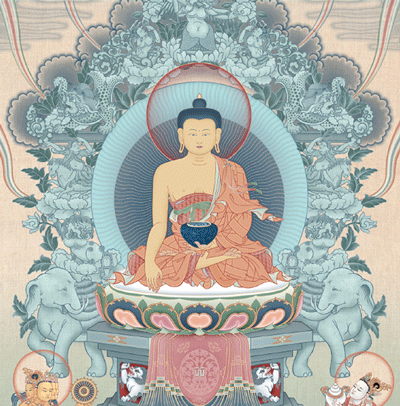

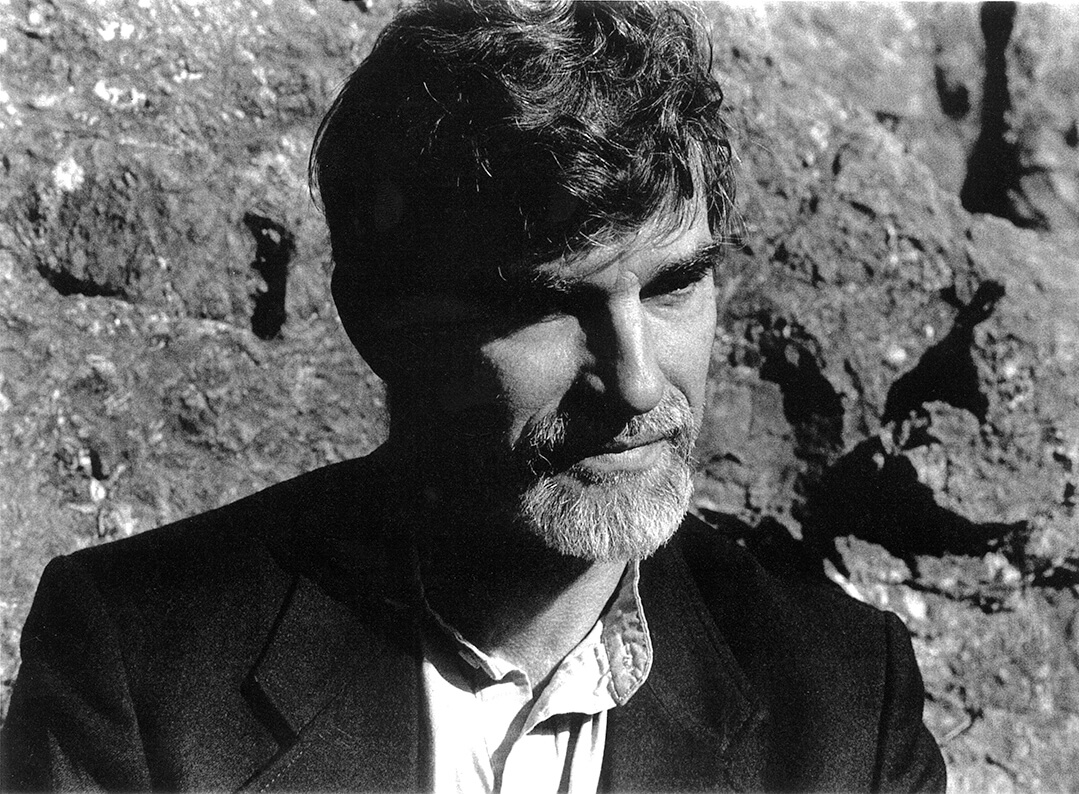
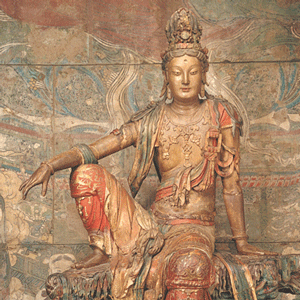
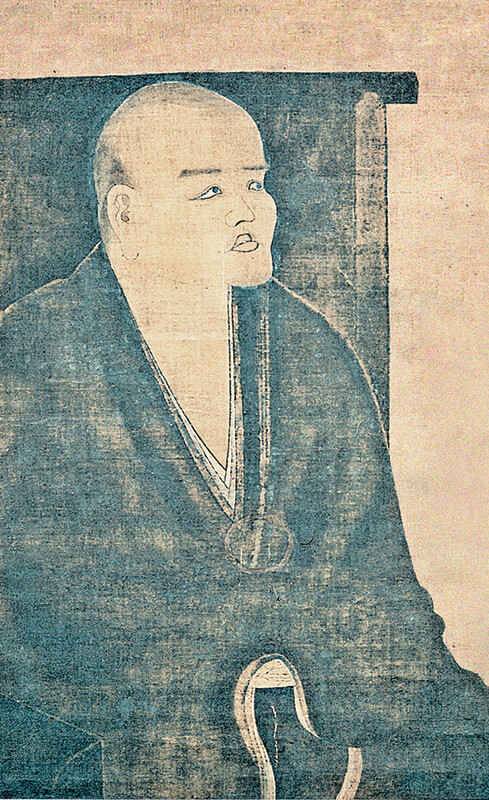
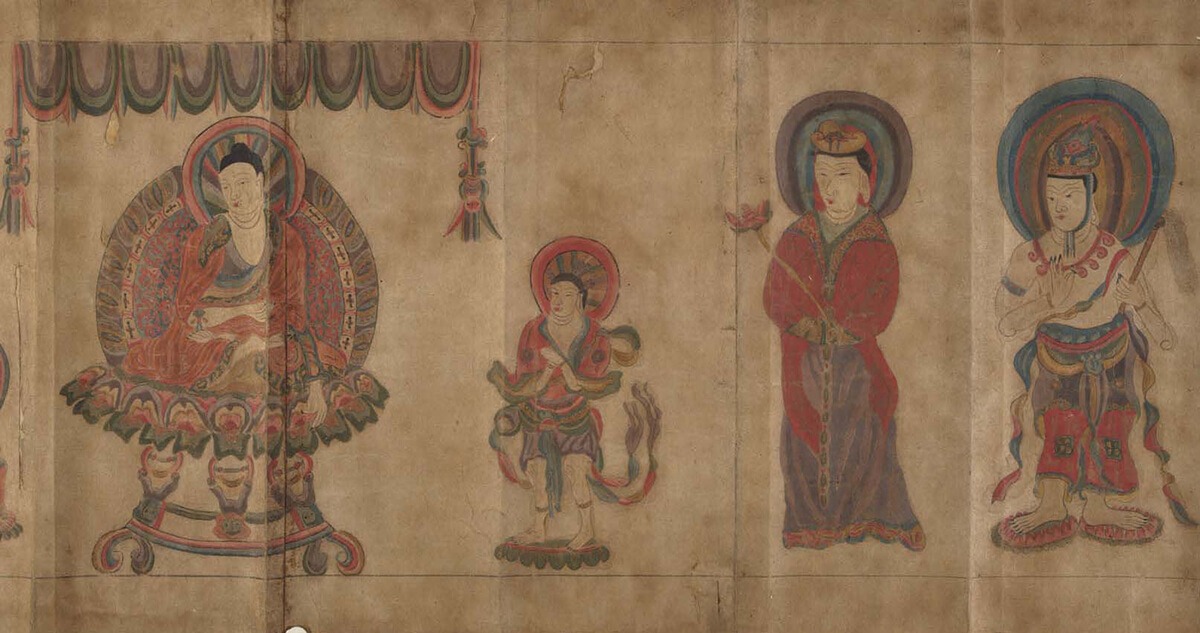






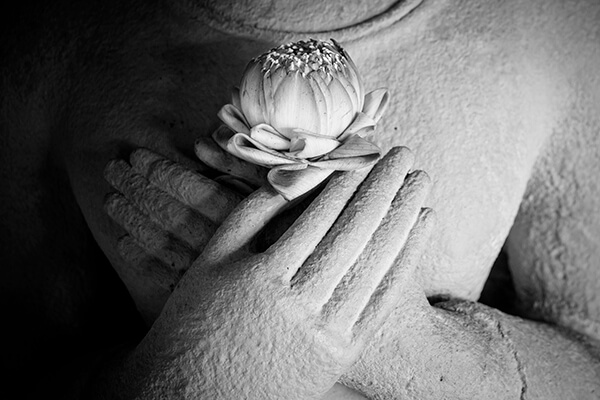
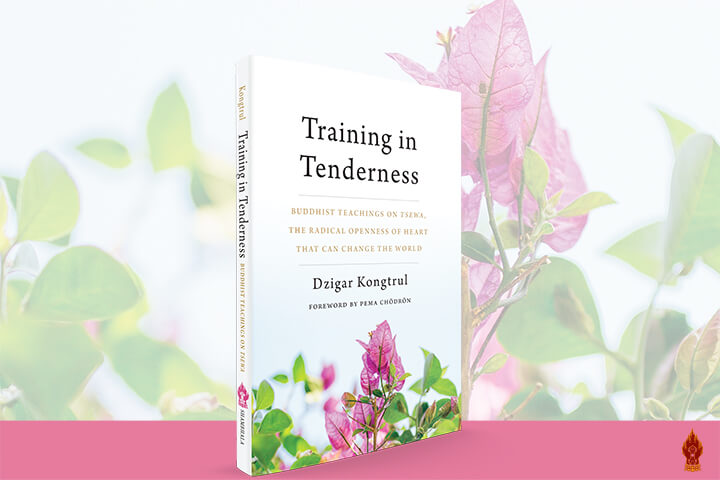
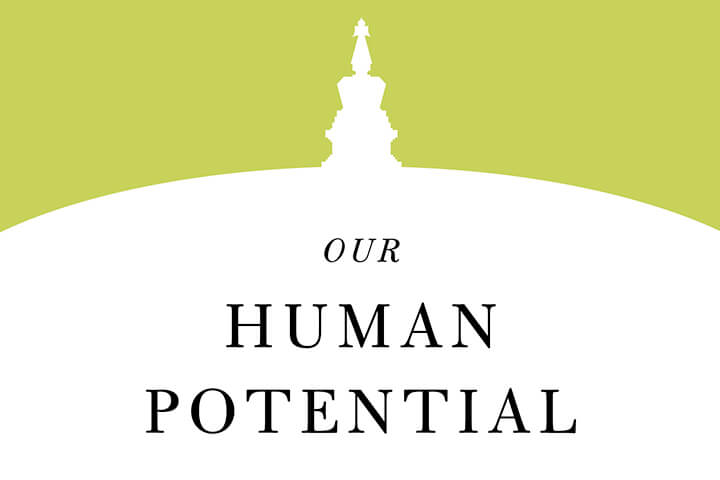


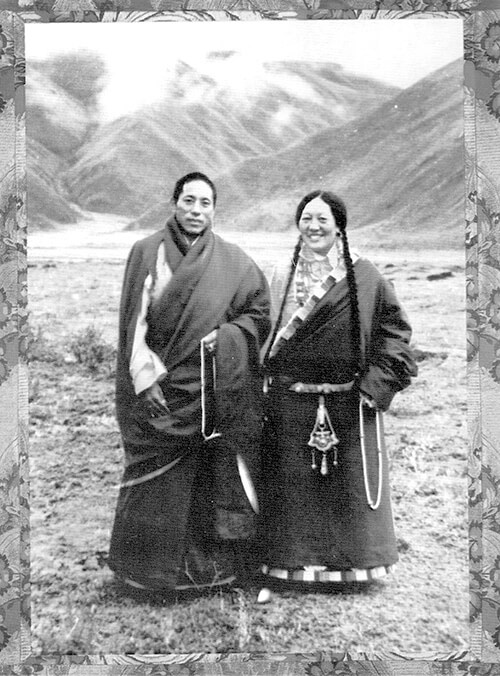

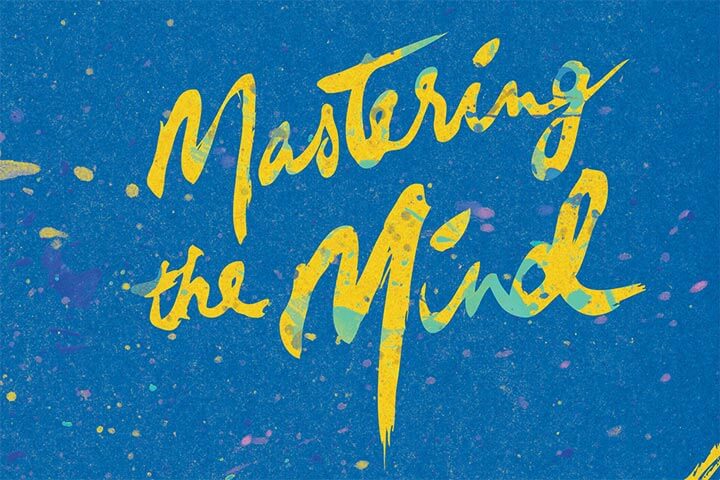
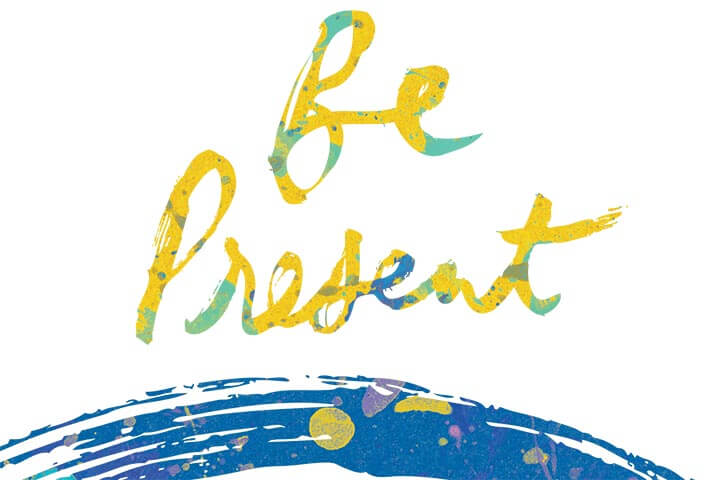
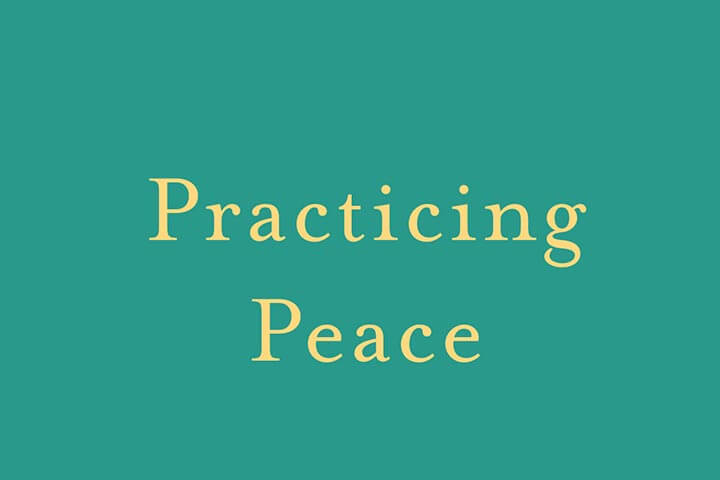
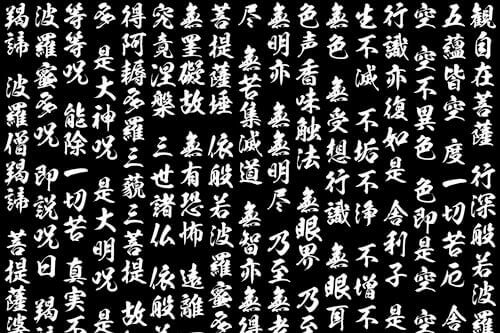
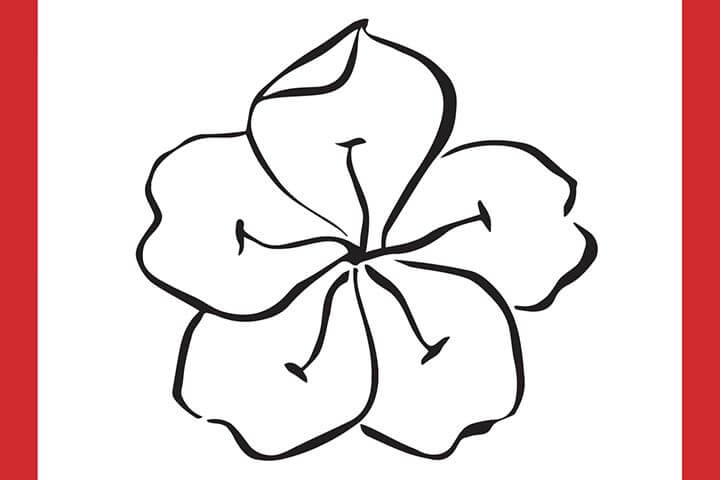


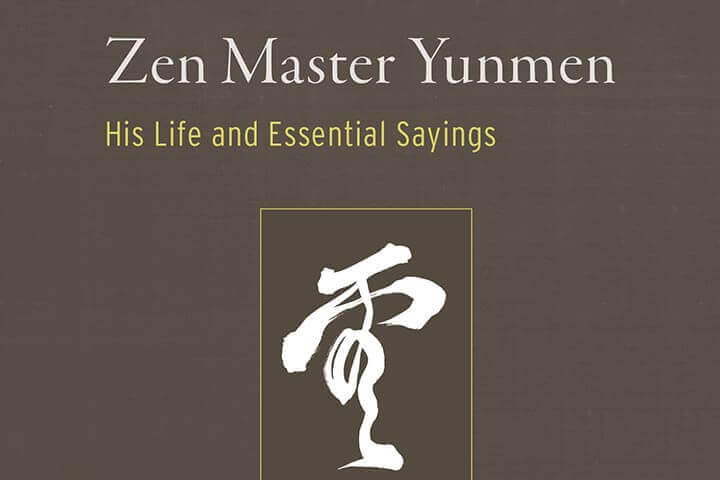
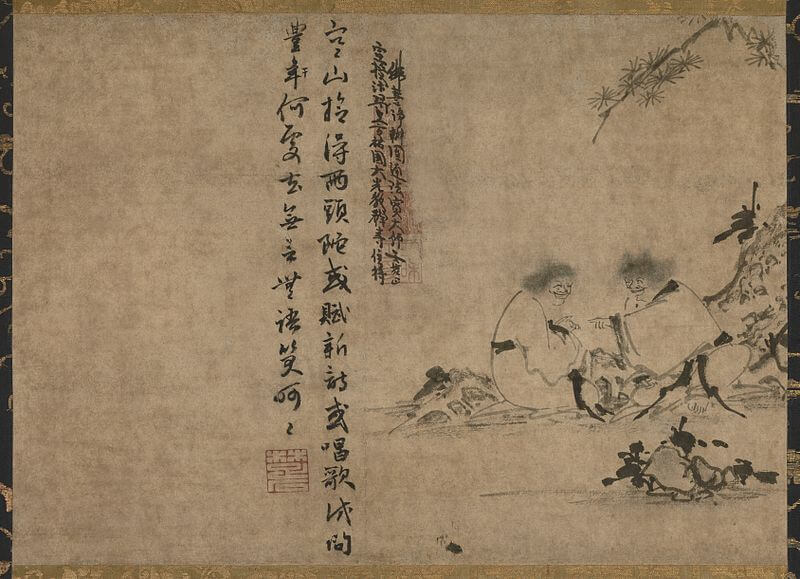
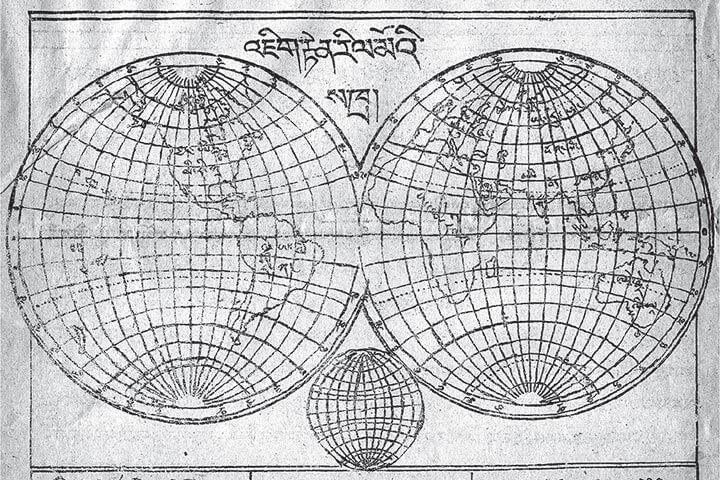
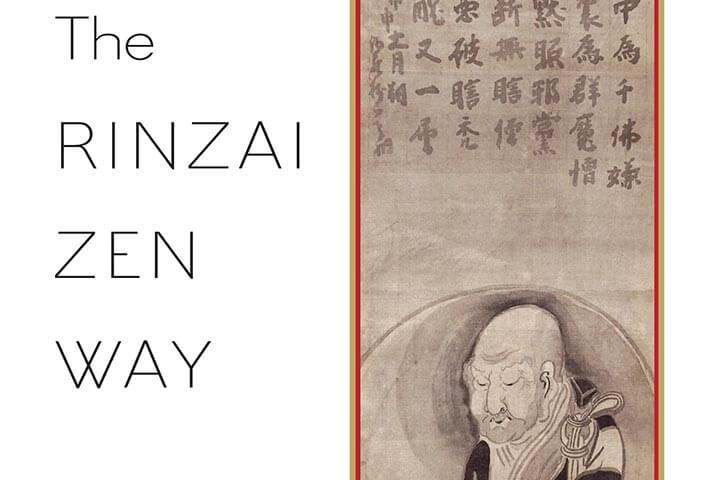

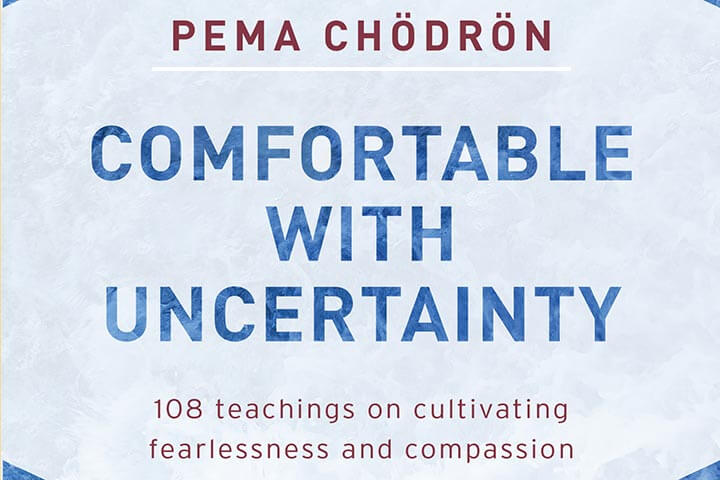
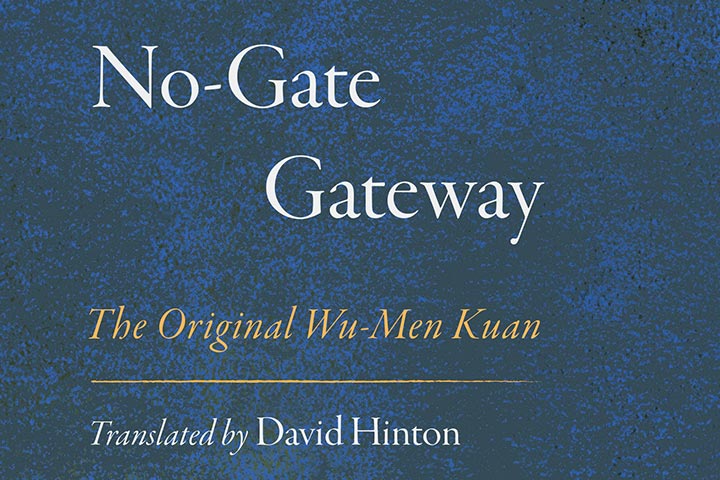
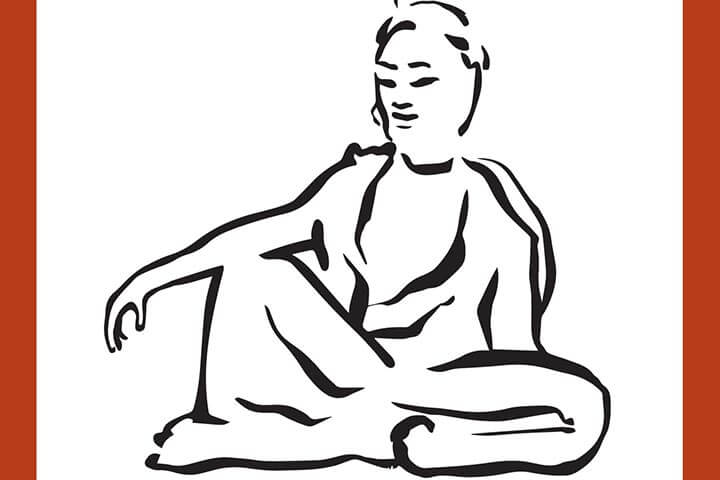
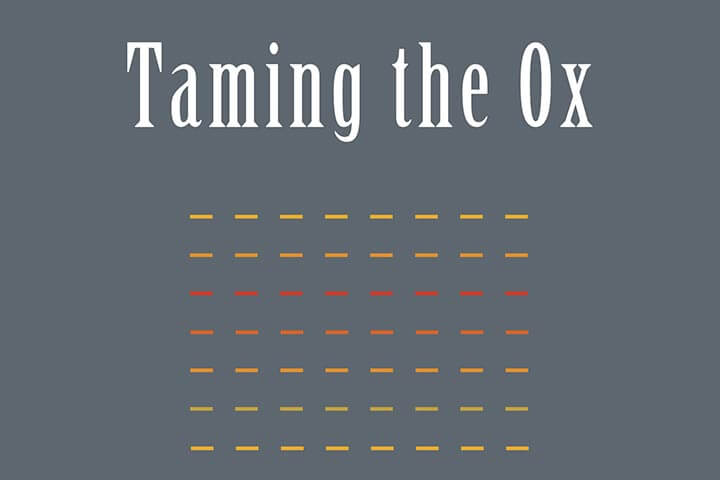
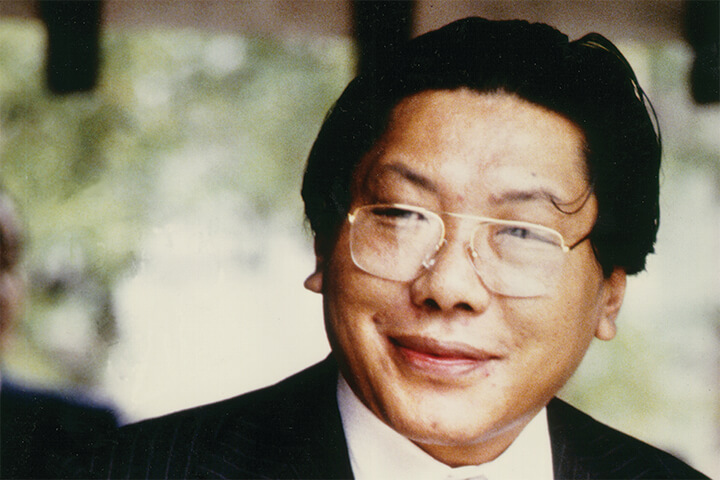
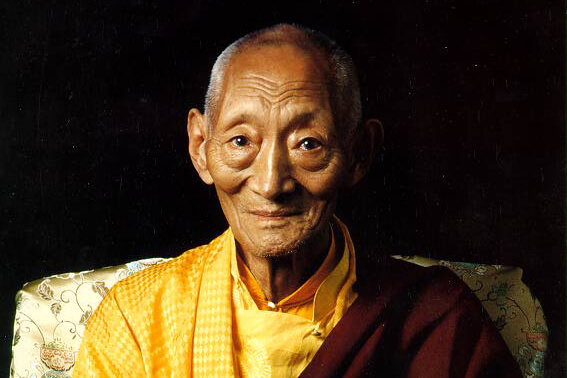

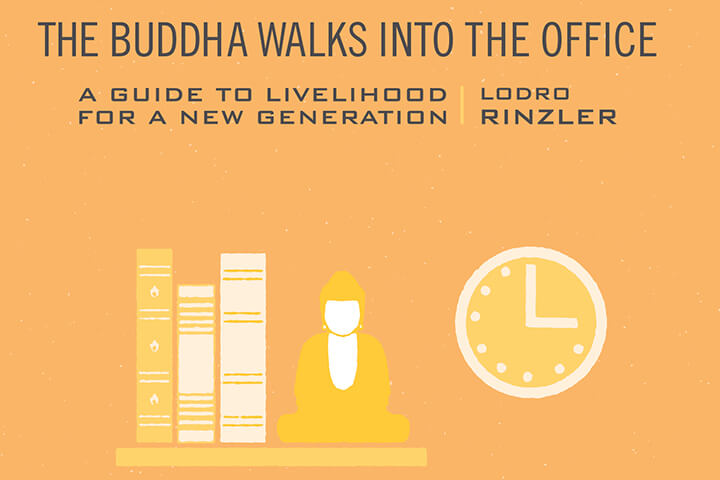
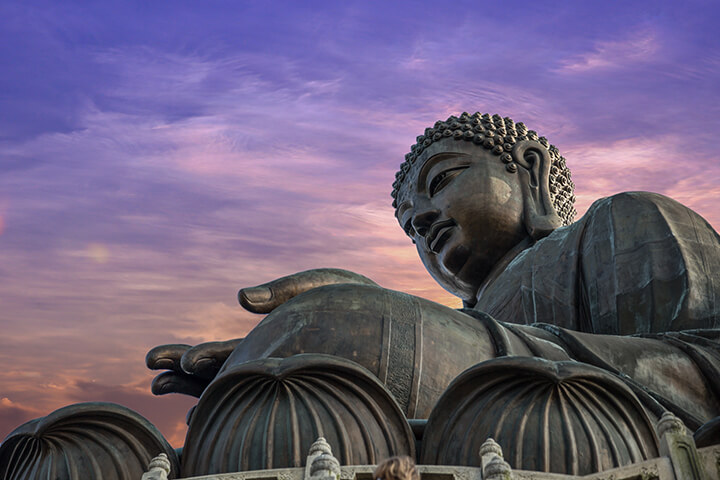
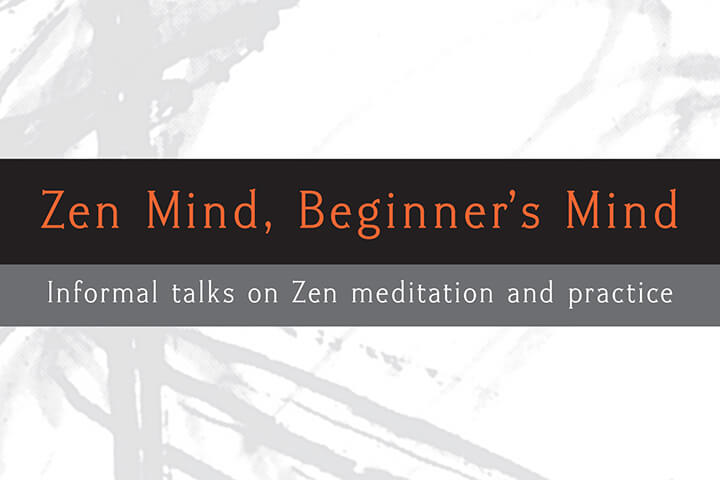
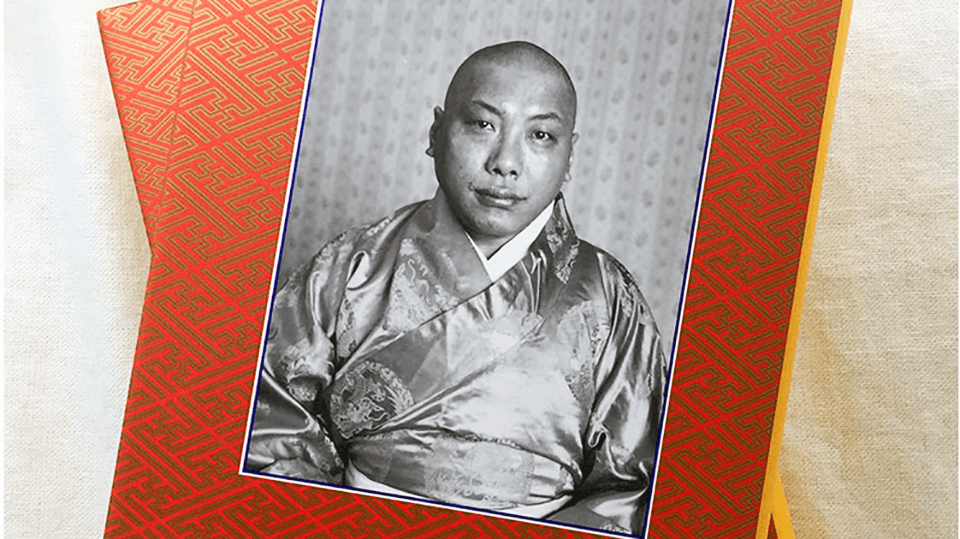
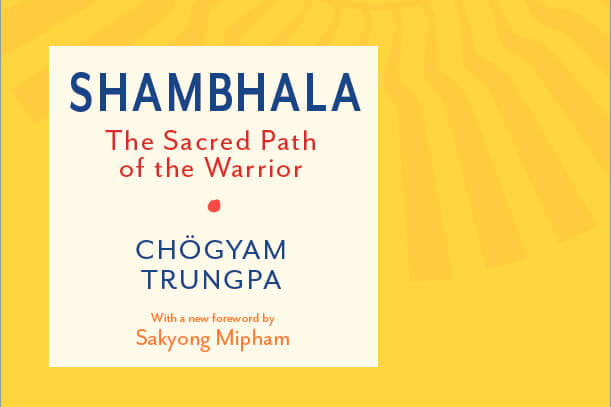
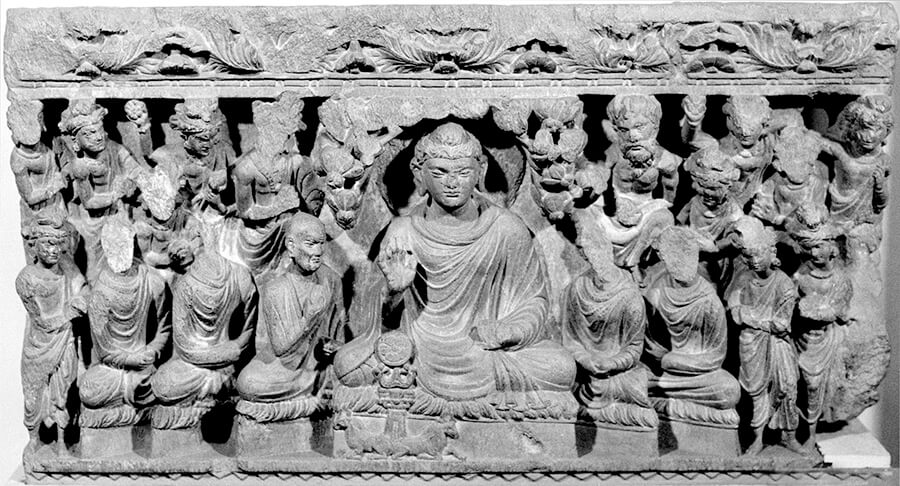
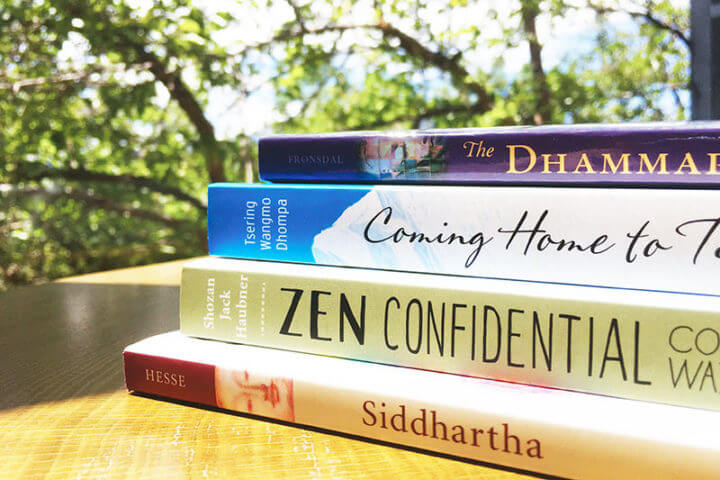
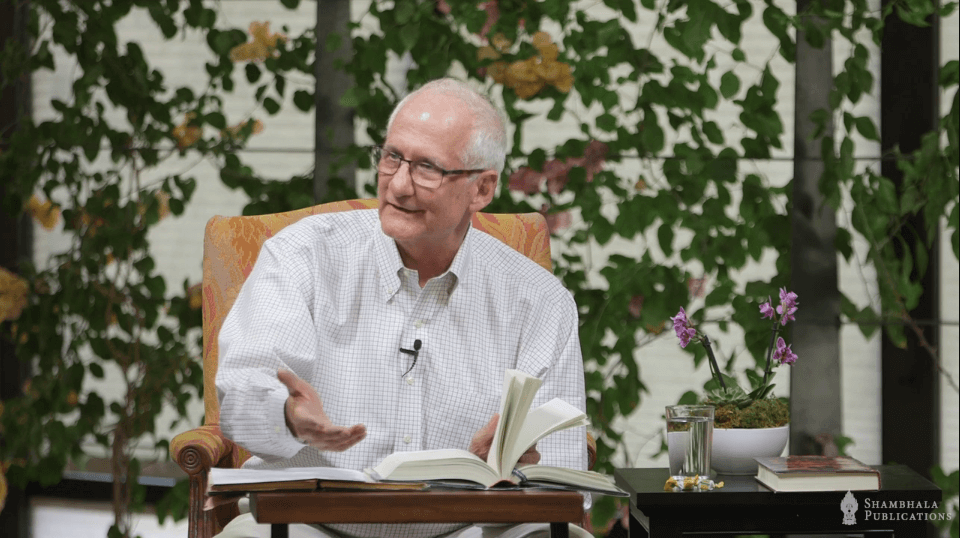
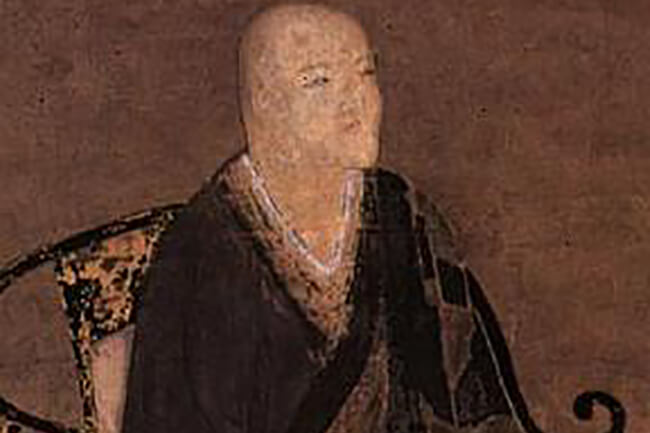
A Walk with Dogen into Our Time
In 1954 poet Allen Ginsberg wrote a poem called “Song” that acknowledges the weight of our human circumstance and suffering in a particular and somewhat unusual way. I believe it may also provide a gateway to the following writings by Zen master Eihei Dogen, who addressed the nature of reality as he came to understand the world of people and things through his lifetime practice of Zen.

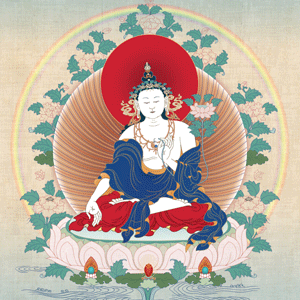


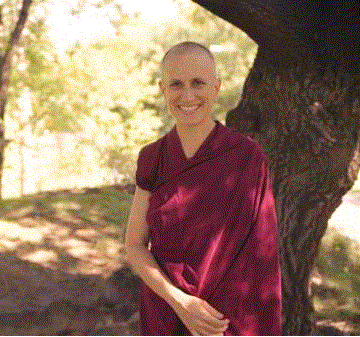


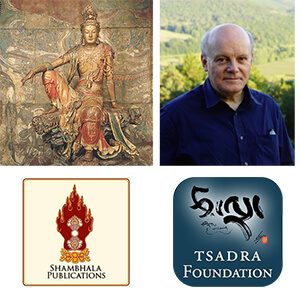
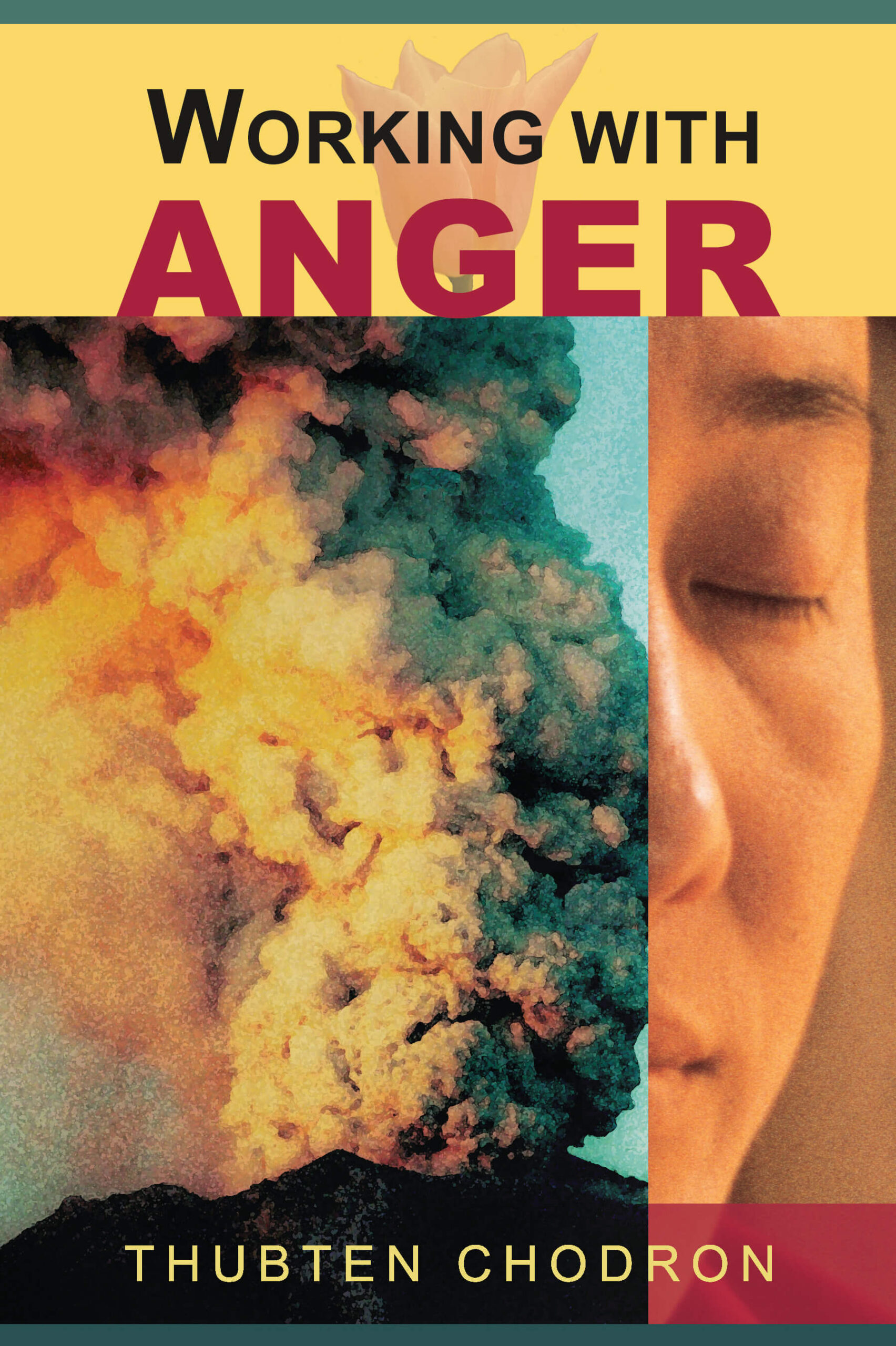
2016 was certainly a year of high emotions and global challenges-a confusing and contentious U.S. election, civil wars in Syria and Iraq, Olympic scandals, Brexit, the spread of the Zika virus, continuing international acts of terrorism, and so much more. But as we open the New Year, we also have the opportunity to reflect on where we've been and how we can approach our lives with new energy and clarity. It's a natural reaction for us to become disoriented and overwhelmed when things get heated and emotions run high. But what's the path forward? What can we do if the tensions seem so great that we feel powerless, hopeless, or aimless? And what happens when fear stops us in our tracks? These challenges have been at the heart of Buddhist teachings since the beginning-grounded in the Buddha's Four Noble Truths of the causes of suffering and liberation from all that afflicts us. And in our own time, Buddhist teachers have continued the Buddha's legacy by helping us to look deeply at our pain and to guide us on the path to peace. The books and videos we've listed below are just a few examples of contemporary Buddhist responses to challenging times, and we hope that they might contribute in some way to lighten hearts and awaken the deep-seated goodness and inner strength that lies within us all. In the Face of Fear: Buddhist Wisdom for Challenging Times Most of us have never experienced such deep anxiety and uncertainty as we are in these current times; this anthology of Buddhist teachings offers an antidote. While we can't control all of the myriad challenges facing our society, Buddhism teaches us that there is one thing we can always control: our minds and hearts. How we react to the ups and downs of life makes all the difference, and Buddhism offers a wealth of wisdom and practices to help us maintain a stable, wise, and helpful state of mind no matter what happens. The Places That Scare You: A Guide to Fearlessness in Difficult Times We always have a choice, Pema Chödrön teaches: We can let the circumstances of our lives harden us and make us increasingly resentful and afraid, or we can let them soften us and make us kinder. Here Pema provides the tools to deal with the problems and difficulties that life throws our way. This wisdom is always available to us, she teaches, but we usually block it with habitual patterns rooted in fear. Beyond that fear lies a state of openheartedness and tenderness. This book teaches us how to awaken our basic goodness and connect with others, to accept ourselves and others complete with faults and imperfections, and to stay in the present moment by seeing through the strategies of ego that cause us to resist life as it is. Smile at Fear: Awakening the True Heart of Bravery Chögyam Trungpa here offers us a vision of moving beyond fear to discover the innate bravery, trust, and delight in life that lies at the core of our being. Drawing on the Shambhala Buddhist teachings, he explains how we can each become a spiritual warrior: a person who faces each moment of life with openness and fearlessness. "The ultimate definition of bravery is not being afraid of who you are, " writes Chögyam Trungpa. In this book he offers the insights and strategies to claim victory over fear. Natural Bravery: Fear and Fearlessness as a Direct Path of Awakening Increasingly, we seem to live in a culture of fear, amid threats of terrorism, violence, environmental disasters, and distrust in our leaders. Fear and groundlessness are pervasive, but according to Buddhist teacher Gaylon Ferguson, it is the very potency of this fear that makes it such a powerful tool for personal and cultural transformation. Natural Bravery offers wise and pointed teachings for helping us to look at fear with immediacy and courage, and to engage with it as a path to transform ourselves-and the world. Perfecting Patience: Buddhist Techniques to Overcome Anger All of the world’s major religions emphasize the importance of love, compassion, and tolerance. This is particularly true in the Buddhist traditions, which unanimously state that compassion and love are the foundation of all paths of practice. To cultivate the potential for compassion and love inherent within us, it is crucial to counteract their opposing forces of anger and hatred. In Perfecting Patience, the Dalai Lama shows how, through the practice of patience and tolerance, we can overcome the obstacles of anger and hatred. He bases his discussion on A Guide to the Bodhisattva Way of Life, the classic work on the activities of bodhisattvas—those who aspire to attain full enlightenment in order to benefit all beings. This book was previously published under the title Healing Anger. Working with Anger Anger plagues all of us on a personal, national, and international level. Yet we see people, such as the Dalai Lama, who have faced circumstances far worse than many of us have faced-including exile, persecution, and the loss of many loved ones-but who do not burn with rage or seek revenge. How do they do it? Working with Anger presents a variety of Buddhist methods for subduing and preventing anger not by changing what is happening, but by framing it differently. No matter what our religion, learning to work with our anger is effective for everyone seeking personal happiness as well as world peace. All the Rage: Buddhist Wisdom on Anger and Acceptance We all know the feeling-jaw clenching, face flushing, hands shaking. We feel it for rational and irrational reasons, on a personal and on a global level. If we know how to handle our anger skillfully, it is an effective tool for helping us recognize that a situation needs to change and for providing the energy to create that change. Yet more often anger is destructive-and in its grip we hurt ourselves and those around us. In recent years scientists have discovered that mindfulness practice can reduce stress, improve mood, and enhance our sense of well-being. It also offers us a way of dealing with strong emotions, like anger. This anthology offers a Buddhist perspective on how we can better work with anger and ultimately transform it into compassion. Taming the Ox: Buddhist Stories and Reflections on Politics, Race, Culture, and Spiritual Practice In this wide and varied collection of essays, reviews, and short stories, National Book Award winner Dr. Charles Johnson offers writings that passionately and compellingly illuminate how politics, race, and spiritual life intersect in our changing culture. He has deeply explored racial issues in the United States, most notably in his novel Middle Passage (winner of the National Book Award for Fiction in 1990) and here offers his reflections on what he's learned through his explorations of American literature, the visual arts, and the Buddhadharma. Practicing Peace Anger is a universal human emotion, and it can manifest in some pretty nasty ways. But it is also amazingly workable. In this concise guide to the practice of inner peace, Pema Chödrön shows us how to recognize anger in ourselves when it first begins to rise, how to sit with the discomfort it causes, and how to let it dissipate. By taking responsibility for the seeds of aggression in our own hearts and minds, we can help create a new culture of compassion for ourselves and for the world. What We Say Matters: Practicing Nonviolent Communication Have you ever tried to express yourself to someone only to be left feeling misunderstood and frustrated? Or hesitated to ask for help because you didn't want to burden the other person? Or been stuck in blame or anger that wouldn't go away? Judith and Ike Lasater, long-term students of yoga and Buddhism, experienced dilemmas like these, too. In What We Say Matters, Judith and Ike describe their journey through Nonviolent Communication (NVC) training and how speech becomes a spiritual practice based on giving and receiving with compassion-everywhere, all the time-whether at home, at work, or in the world. Their writing is deeply personal, punctuated by their recounts of trial and error, success and failure, laughter and challenge. They guide you through an introduction to NVC with clear explanations, poignant examples, suggested exercises, and helpful resources. Everything Is Workable: A Zen Approach to Conflict Resolution Conflict manifests in our lives in so many ways-and bracing ourselves against it won't make it go away. But if we approach it consciously, we can navigate it in way that not only honors everyone involved but makes it a source of deep insight as well. Seasoned mediator Diane Hamilton shows how to engage conflict with wisdom and compassion, and even-sometimes-to be grateful for it. She teaches us how to cultivate empathy, take perspectives, and turn conflicts at home, at work, and every aspect of our lives into win-win situations. Her unique approach unites Zen wisdom and Integral Spirituality with her own story and experiences as a professional mediator in a way that shows how we can look at conflict in a new way: as an essentially spiritual practice. We hope that these teachings might offer insight and support for whatever challenges you face in your life. And we take heart in the promise of the Dharma-that whatever may appear to be infinite suffering can truly be transformed into unbreakable clarity and boundless love.
Continue Reading >> 